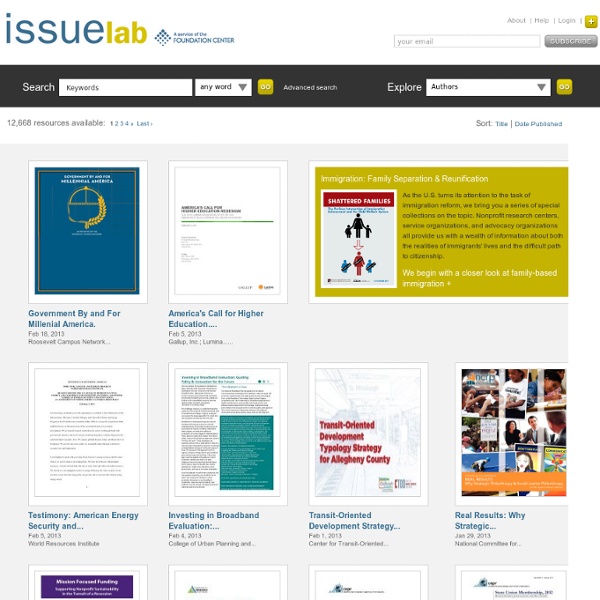



OER Commons ECGpedia CD151 Intellectual Development, Fall 2007 This course examines contemporary theory and research on the development of intellectual processes from infancy through adolescence. It compares cognitive-developmental theories and research to psychometric, information-processing, and other approaches. The final project, the metahobby project, fosters the student's ability to think theoretically and apply good theory in professional and personal ways. This child development course aims to explore several of the major points of view currently influential in the field of cognitive development. It also examines implications of these various perspectives for the education and socialization of children. The emphasis is on theory in the conceptualization of intellectual change processes. Please note that the course as presented here does not contain the full content of the course as taught at Tufts.
Free Online Course Materials | Physics Media Arts and Sciences | MAS.712 How to Learn (Almost) Anything, Spring 2001 Learning Management System, Online Learning, Web Based Learning, LMS, LCMS Cloud-Based Talent, Performance, Learning Management (LMS) and Training Software | 1-800-214-8000 | Schedule a Demo | Request a White Paper | Contact | Voted the #1 Learning Management System 4 years in a row , Learn.com ® , the Knowledge Platform, manages the entire employee lifecycle from pre-hire to retire ® and scales to fit the needs of any organization. Learn.com creates a cost effective and high quality training, development, and measurement environment designed to empower users with visibility into and control over their career planning while providing management with real-time business intelligence. "Learn.com provides one of the most complete and customizable solutions on the market. What does Learn.com Look like? Learn.com is the only vendor willing to partner. More companies have switched to Learn.com from competing solutions than any other provider in the industry. You're supported with Learn.com.! The Learn.com platform was voted BEST LMS in 2007 & 2008 by the 50,000 readers of ELearning! Interested in learning more?
ple.elg.ca Connexions - Sharing Knowledge and Building Communities Learning management system A learning management system (LMS) is a software application for the administration, documentation, tracking, reporting and delivery of electronic educational technology (also called e-learning) education courses or training programs.[1] LMSs range from systems for managing training and educational records to software for distributing online or blended/hybrid college courses over the Internet with features for online collaboration. Colleges and universities use LMSs to deliver online courses and augment on-campus courses. Characteristics[edit] History[edit] Purpose[edit] The key to understanding the difference between LMS and other computer education terms is to understand the systemic nature of LMS. Most LMSs are web-based to facilitate access to learning content and administration. For the commercial market, some Learning and Performance Management Systems include recruitment and reward functionality. LMS and CMS compared[edit] LMS and LCMS compared[edit] LMS Functionality LCMS Functionality
WikiEducator